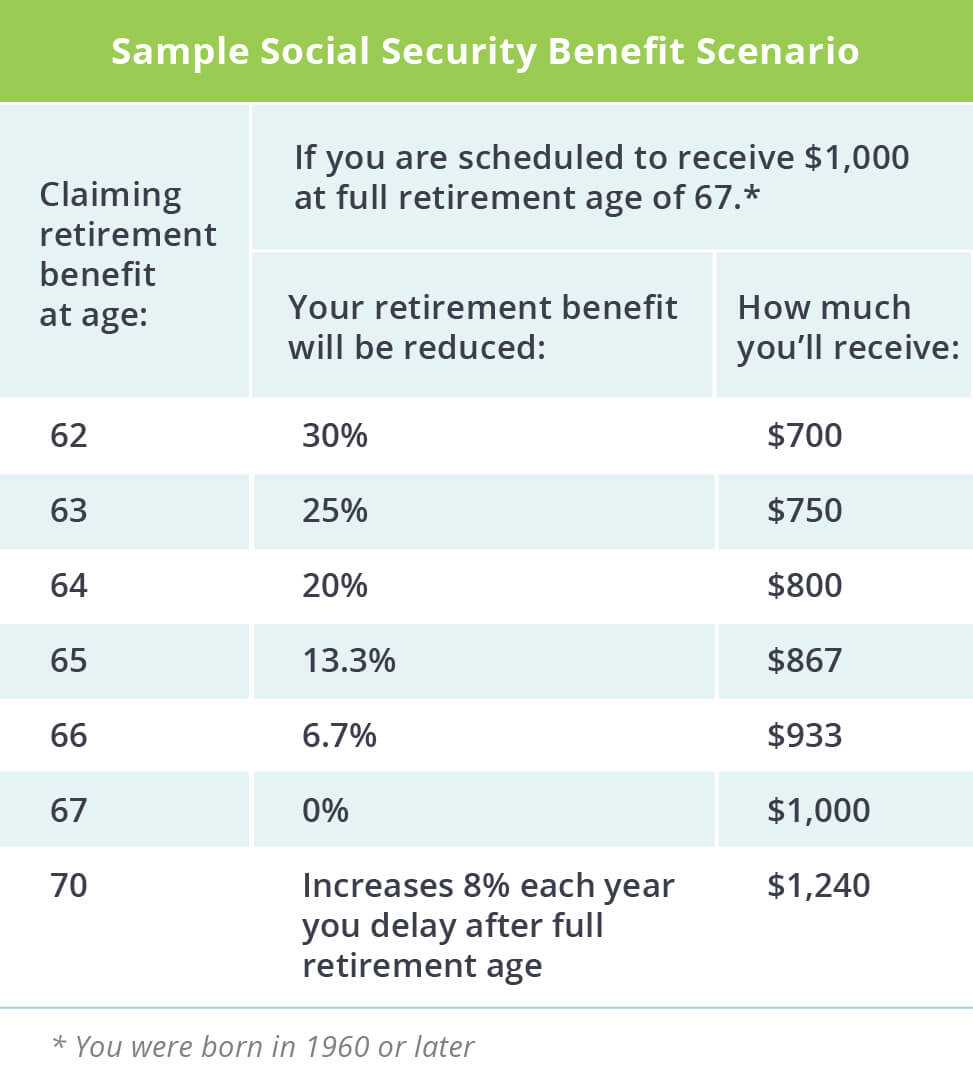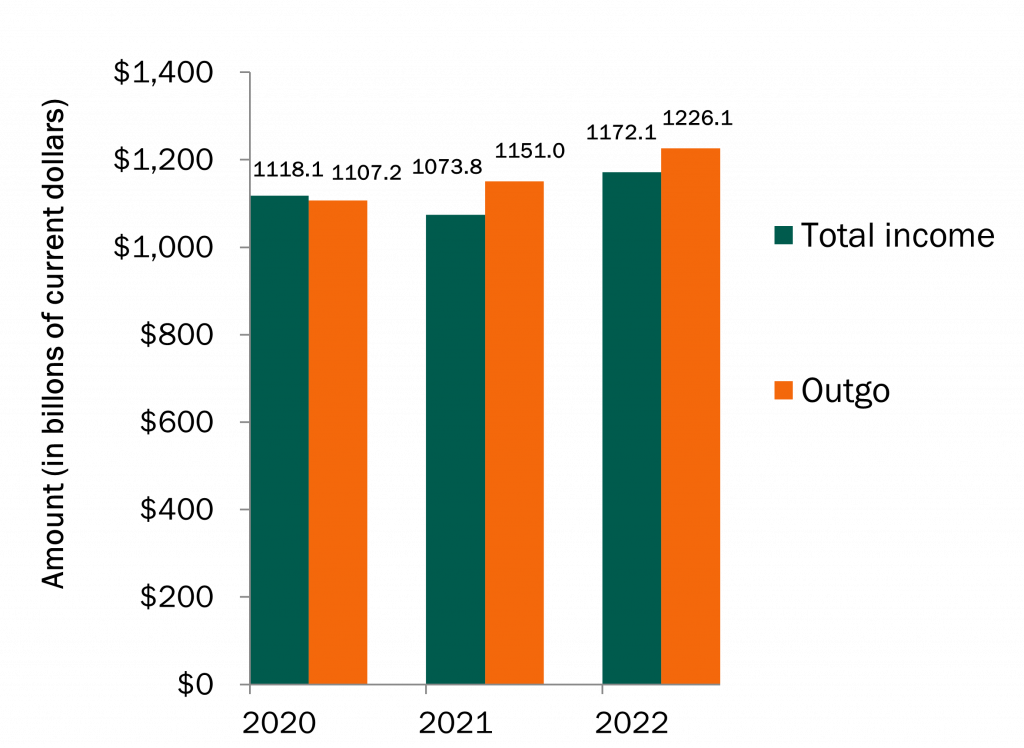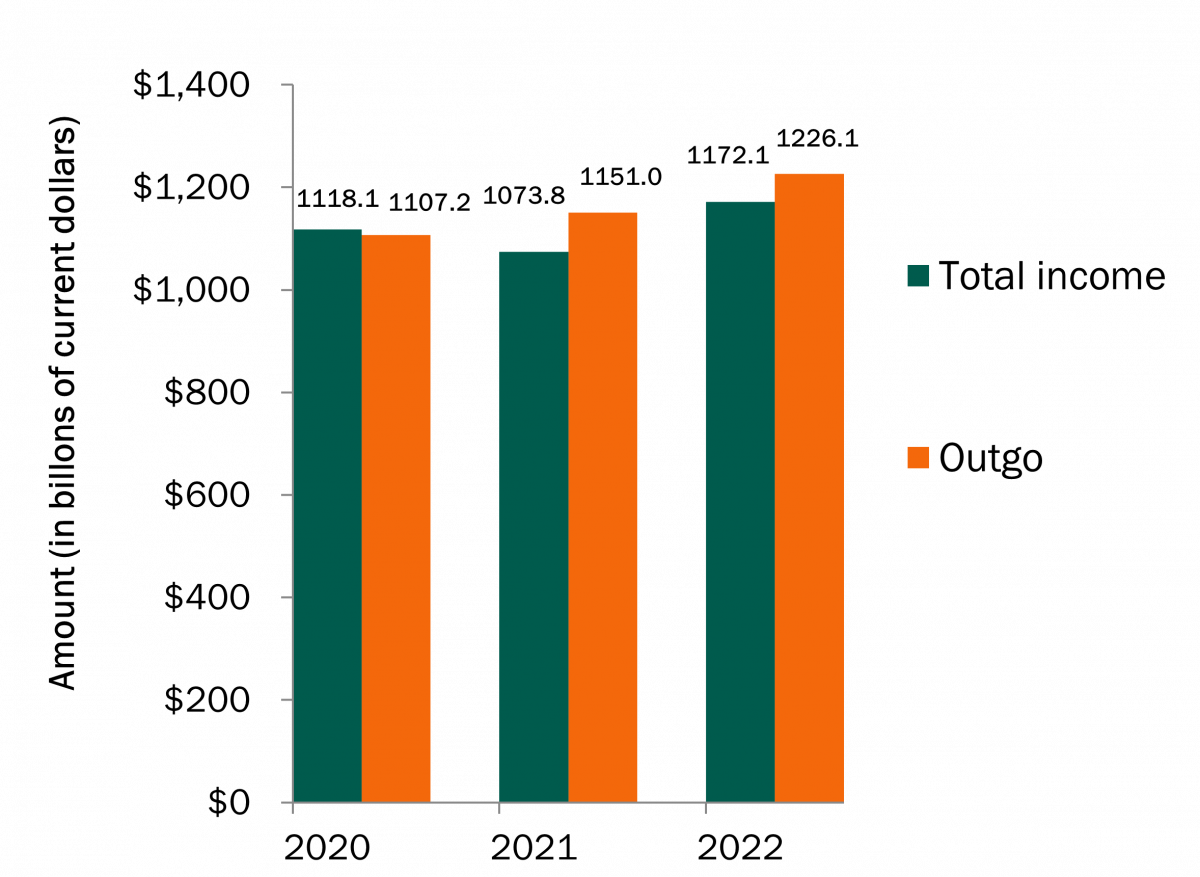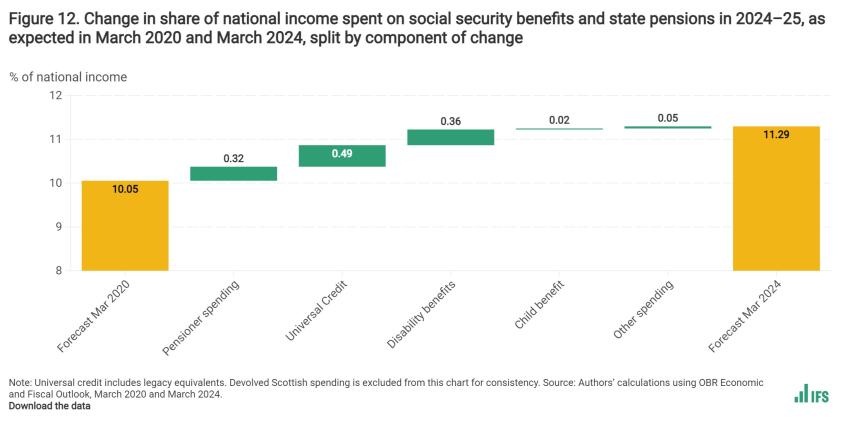As a beneficiary of Medicare, it's essential to understand the various components that affect your monthly premiums. One crucial aspect is the Medicare Income-Related Monthly Adjustment Amount (IRMAA), which is administered by the Social Security Administration (SSA). In this article, we will delve into the details of HI 01101.000, the IRMAA, and how it impacts your Medicare Part B and Part D premiums.
What is the Medicare Income-Related Monthly Adjustment Amount (IRMAA)?
The IRMAA is an additional premium that Medicare beneficiaries with higher incomes must pay for their Medicare Part B and Part D coverage. This adjustment is based on the beneficiary's modified adjusted gross income (MAGI) from two years prior. The SSA uses this information to determine the IRMAA, which is then added to the standard Medicare Part B and Part D premiums.
How is the IRMAA Calculated?
The IRMAA is calculated based on the beneficiary's MAGI, which includes:
Wages, salaries, and tips
Interest and dividends
Capital gains
Business income
Rental income
Other types of income
The SSA uses a sliding scale to determine the IRMAA, with higher income levels resulting in higher adjustment amounts. The income thresholds are adjusted annually for inflation.
What are the Income Thresholds for IRMAA?
For 2022, the income thresholds for IRMAA are as follows:
Single filers:
+ $88,000 or less: No IRMAA
+ $88,001 to $111,000: $59.40 per month (Part B) and $12.30 per month (Part D)
+ $111,001 to $138,000: $72.10 per month (Part B) and $31.80 per month (Part D)
+ $138,001 to $165,000: $84.80 per month (Part B) and $51.20 per month (Part D)
+ $165,001 to $500,000: $97.40 per month (Part B) and $70.70 per month (Part D)
+ $500,001 or more: $111.80 per month (Part B) and $77.10 per month (Part D)
Joint filers:
+ $176,000 or less: No IRMAA
+ $176,001 to $222,000: $59.40 per month (Part B) and $12.30 per month (Part D)
+ $222,001 to $276,000: $72.10 per month (Part B) and $31.80 per month (Part D)
+ $276,001 to $330,000: $84.80 per month (Part B) and $51.20 per month (Part D)
+ $330,001 to $750,000: $97.40 per month (Part B) and $70.70 per month (Part D)
+ $750,001 or more: $111.80 per month (Part B) and $77.10 per month (Part D)
How to Appeal an IRMAA Determination
If you believe your IRMAA determination is incorrect, you can appeal the decision by contacting the SSA. You will need to provide documentation to support your appeal, such as proof of income or changes in your income.
The Medicare Income-Related Monthly Adjustment Amount (IRMAA) is an essential aspect of Medicare that beneficiaries with higher incomes need to understand. By knowing how the IRMAA is calculated and the income thresholds, you can better plan for your Medicare premiums. If you have any questions or concerns about your IRMAA, it's essential to contact the SSA for guidance. Remember to review your Medicare premiums annually to ensure you're not overpaying due to changes in your income.
Note: The information in this article is subject to change, and it's essential to verify the details with the SSA or a qualified Medicare expert for the most up-to-date information.









